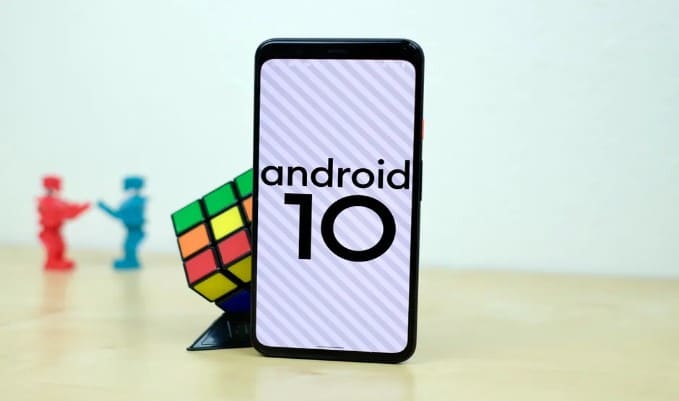In this article, we present the history and list of all Android versions ever produced from the 1.0 version to the 13th. There’s so much to reveal on the under-development Android in 2022, the Android 13. Right from the beginning of Android, it has been transforming in various ways. Although the operating system started out scrappy, it has really evolved in dramatic measures. Take a keen look at the transformations that have gone into making transformations time and again, and you’ll see that Google is justified to receive some accolades.
What is Android?
It is a mobile operating system that’s based on a split version of Linux. It isn’t like iOS because it is open-source software. Being open-source means that developers and manufacturers could use the software without paying royalty, and they can also tweak the overall user experience. That made the operating system something attractive to a larger crowd.
Android was first thrown into the public sphere in 2007, with HTC being the first smartphone to use it for the legendary HTC Dream that was not released worldwide. It is impressive that the OS that started in 2007 with just a single smartphone now powers billions of smartphones, tablets, and other devices worldwide today.
Android 1.0
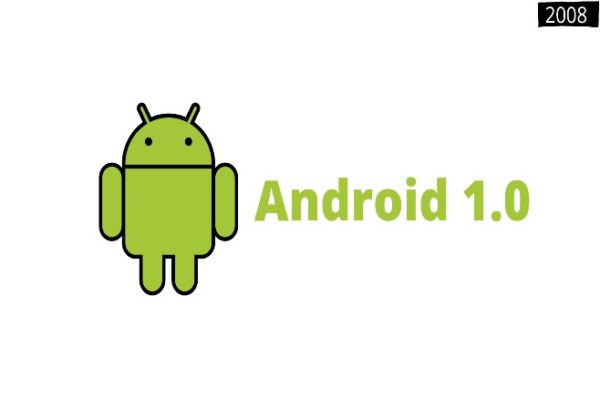
- Codename: Android Alpha
- Supported: No
Not everyone believes today that Android 1.0 has a codename. We will use Android Alpha as the codename because we believe the name is fitting. This Android version is the very first uncelebrated OS ever made. It came with an application programming interface 1 or API 1. It was first released on September 23, 2008, officially without a codename.
Android 1.1
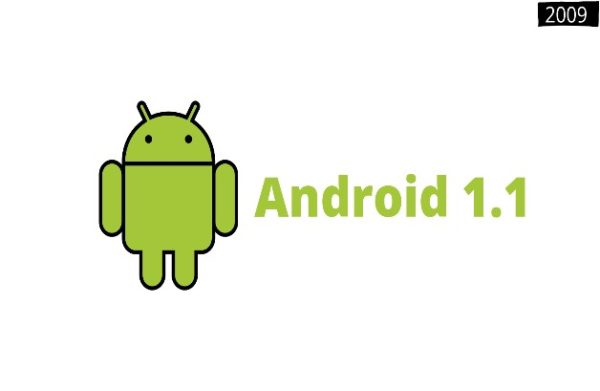
- Codename: Android Beta
- Supported: No
This Android, like the first one, also didn’t get a code name at launch. As per later reports, it came to be known as Android Beta. It was released on February 9, 2009, with the API 2. It came with the new introduction of keyboard functions that were unknown before it. Third-party keyboards, video recording, video playback, and copy and paste features for the web browser became common.
Android 1.5
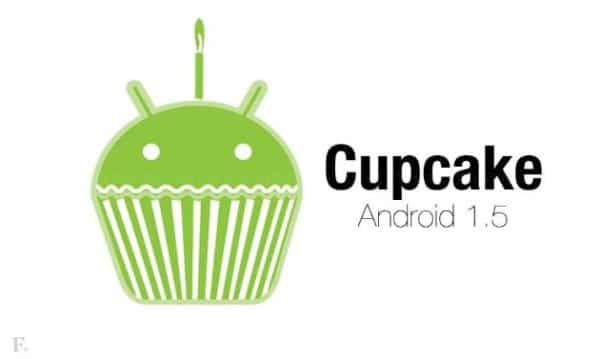
- Codename: Android Cupcake
- Supported: No
The Cupcake was released on April 27, 2009, as the first Android version to get a codename or nickname officially. It was known from inception as Cupcake, and it was designed and developed by Google with API 3.
Android 1.6
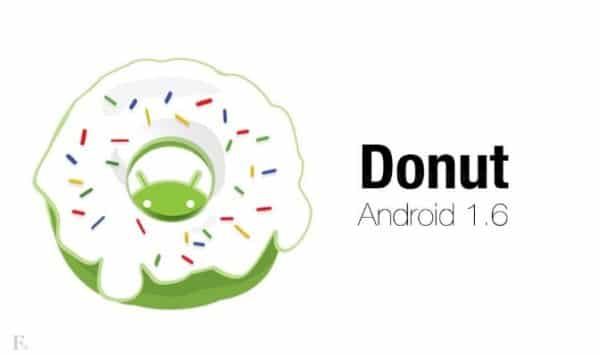
- Codename: Donut
- Supported: No
The Donut was released on September 15, 2009, which was a few months after Cupcake was released, and it came out with the API 4. It was the fourth version of Android, introducing distinctive features like support for CDMA tech, support for different screen sizes, and a battery usage indicator. This sets the version apart as the very first innovation among its peers.
Android 2.0

- Codename: Eclairs
- Supported: No
Android 2 also came about on October 26, 2009. It came with an API of 5 to 7 and got a major Android update to offer users features such as improved User Interface (UI), a Google search bar on the top, and it also supported HTML 5.
Android 2.2
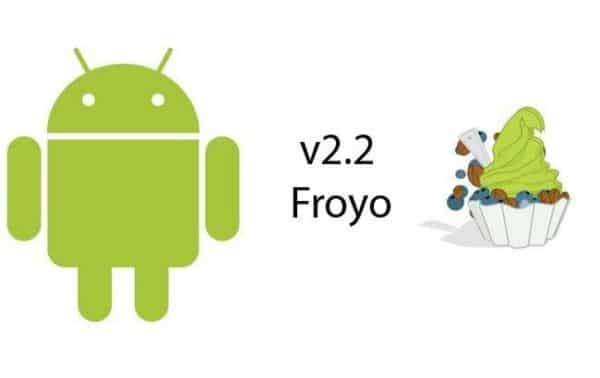
- Codename: Froyo
- Supported: No
This version was made available to the general public on May 20, 2010, arriving with API 8. It was unveiled by Google at a conference, offering users several new features that showed improvements from the previous Eclairs.
Android 2.3
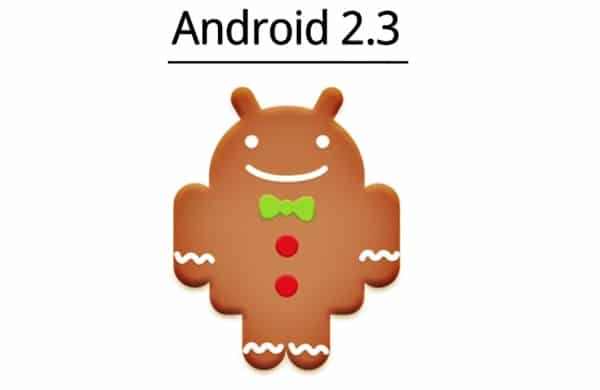
- Codename: Gingerbread
- Supported: No
The Gingerbread was also launched on December 6, 2010, with the API 9 to 10. It came with features like NFC support, VoIP calls, etc. Samsung’s Nexus S smartphone introduced Gingerbread. That was also the very first Nexus smartphone from Samsung.
Android 3.0
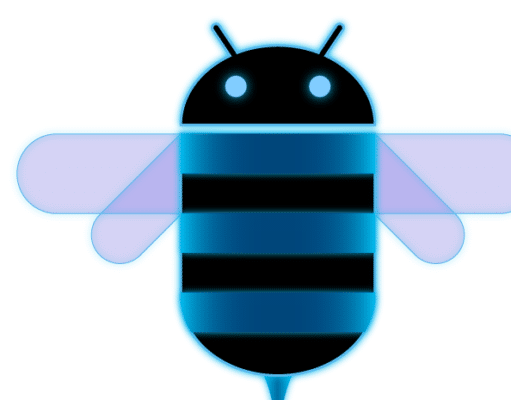
- Codename: Honeycomb
- Supported: No
This one was released on February 22, 2011, arriving with the API 11 to 13. New at that time, the version was designed for large screen devices like tablets, and notably, the Motorola Xoom was the first device to make use of it.
Android 4.0

- Codename: Ice Cream Sandwich
- Supported: No
This version was released on October 18, 2011, arriving with an API version from 14 to 15. The OS was designed to offer an integrated experience to both smartphone users and tablets users. This was the first Android version that supported face unlock on some of the major smartphones available in those days.
Android 4.1
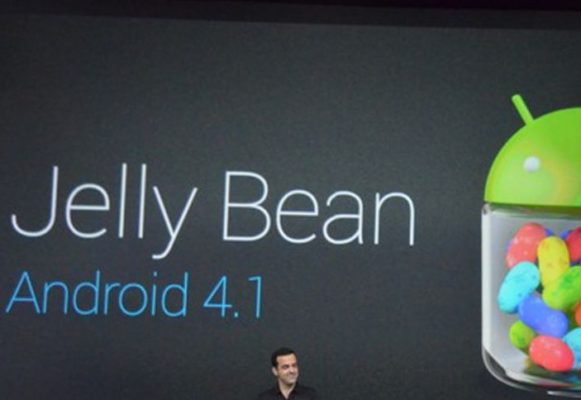
- Codename: Jelly Bean
- Supported: No
It was officially launched on July 9, 2012, arriving with an API of 16 to 18. Also, it is known as the 10th repetition of Android, developed to offer performance improvements along with a smooth user experience when compared to the previous version.
Android 4.4
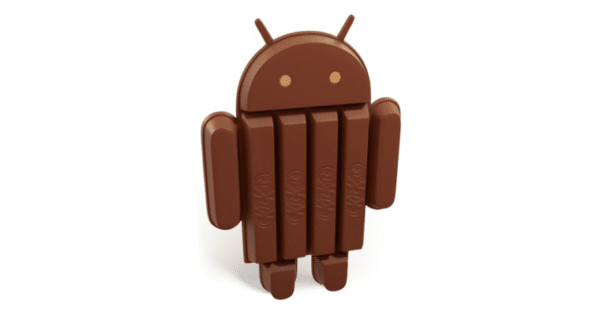
- Codename: Kitkat
- Supported: No
The Kitkat became official on October 31, 2013, arriving with an API of 19 to 21. It didn’t change much of what was available. It was simply designed to improve user experience on devices with partial hardware capabilities.
Android 5.0 to 5.1.1
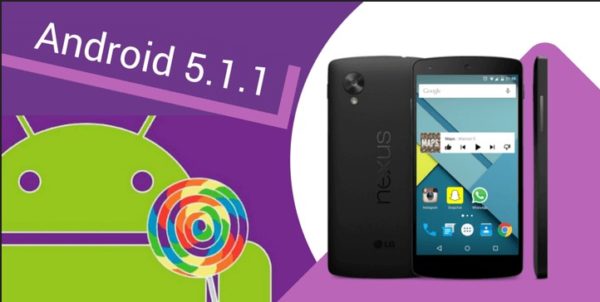
- Codename: Lollipop
- Supported: No
Compared to the Kitkat, Lollipop came around with a major overhaul in designs. It was released on November 12, 2014, arriving with an API version of 20 to 22. It came with a redesigned user interface, replacing Dalvik with ART or Android Runtime to improve application performance and battery optimization.
This version is seen as the 12th version of Android, and as of August 2021, only about 1.21 percent of Android devices run Lollipop, and about 2.71 percent of users run Lollipop 5.1.
Android 6.0
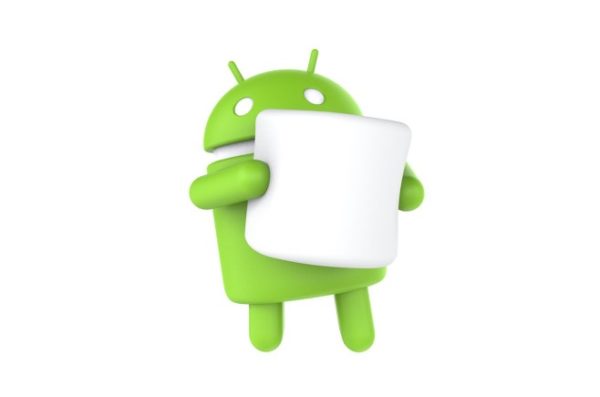
- Codename: Marshmallow
Marshmallow was released on October 5, 2015, based on API 23. This Android release offered a new permission style to improve user privacy and also support a USB Type-C port and a physical fingerprint sensor.
Supported: No
Android 7.0
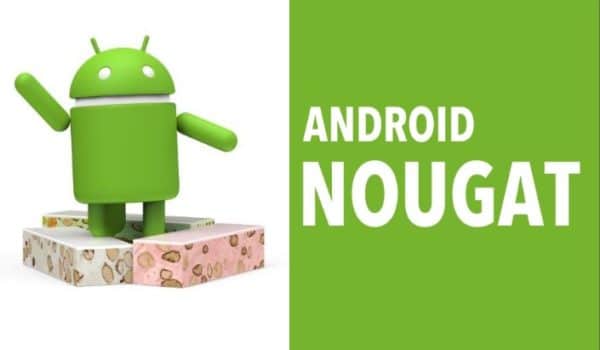
- Codename: Nougat
- Supported: No
This was released on August 22, 2016, based on the API of 24 to 25. The Nougat came with support for Vulkan API that’s meant for better graphics rendering, and also brought along a new app notification format.
Android 8.0
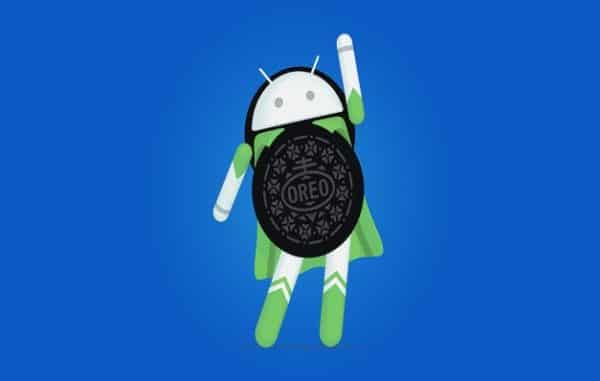
- Codename: Oreo
- Supported: No
Oreo was released on August 21, 3017, with a version that has an API of 26 to 27. This is the first Android version that supports Bluetooth 5.0 and an extensive color range.
Android 9
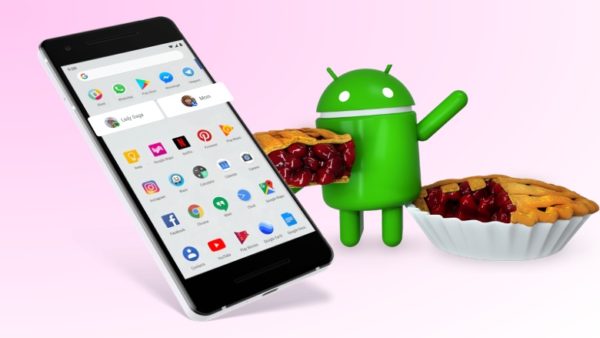
- Codename: Pie
- Supported: No
Pie got official on August 6, 2018, arriving with API 28. This version came around with a material design that boasted a new style when users considered the navigation buttons. Though this is not the latest Android, most of the equitable Android phones out there are using this Pie version.
Android 10
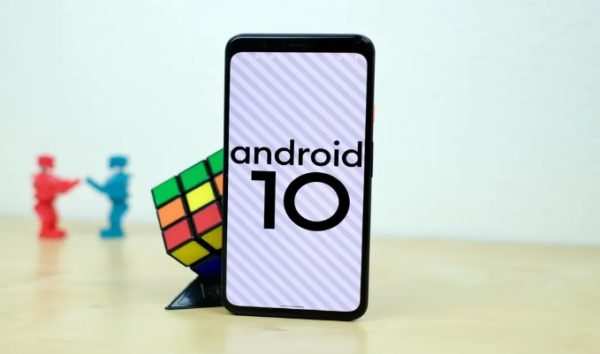
- Codename: Android Q
- Supported: Yes
This version was released on September 3, 2019, and it was based on API 29. It really doesn’t have a dessert code name as you can see. But we like the Q because it is just one letter. This Android offered a complete full-screen UI and a redesigned navigation system that somehow resembles that of modern iPhones.
Special Features
- It supports foldable phones
- It also supports 5G internet
- Live caption
- Focus mode
- More transparency and location settings
- Parental controls get better from this version
Android 11
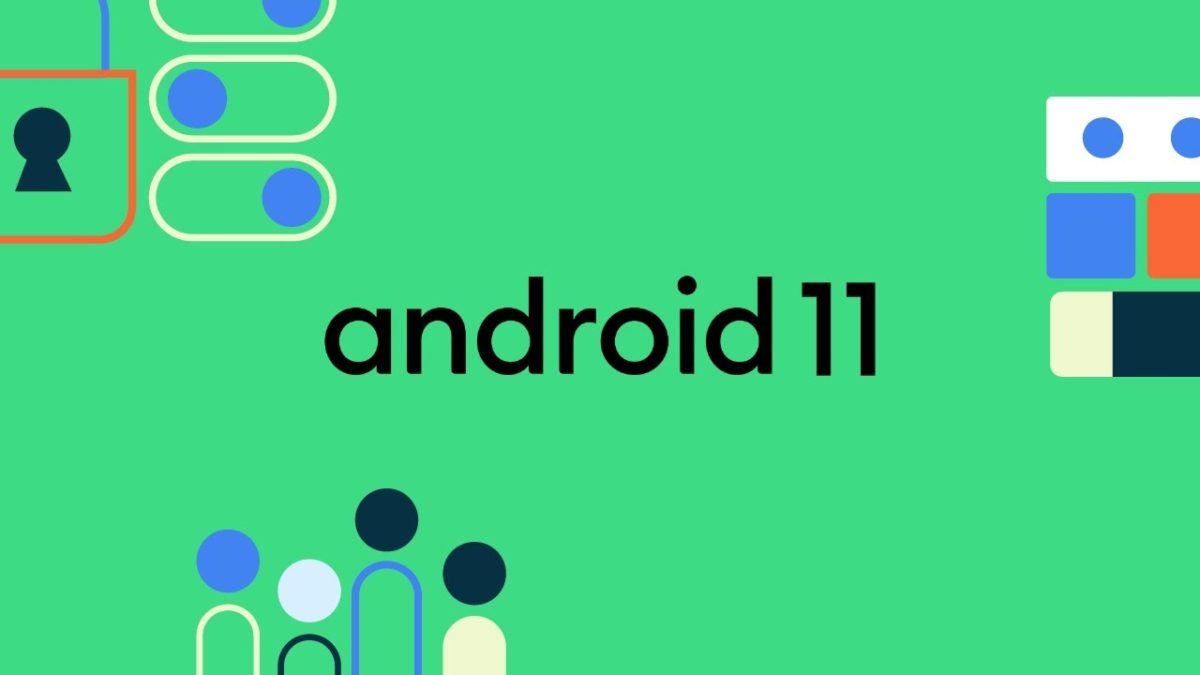
- Codename: Android R
- Supported: Yes
It was released on September 8, 2020, and it came with an API of 30. It came around with new features of conversation notifications, while it also offers a built-in screen recorder. It is people-centric, and expressive, controlling space and giving users more privacy features.
Special Features
- It comes with improved messaging notifications.
- Chat Head style feature available for messaging apps
- Easier access to Google Pay
- Quick access to smart home controls
- Tighter location permissions
- Unused apps lose permission after some time
Android 12

- Codename: Snow Cone
- Supported: Yes
This version is regarded as a more personal, safe, and effortless version ever created by Google. It was released on October 4, 2021, with an API of 31 to 32. It comes with a new notification panel design, conversation widget, microphone and camera toggles, etc.
In 2022, the version has been updated for bigger screens and other larger devices apart from smartphones. It now has improved wallpaper selection and the ability to disable the lock screen clock. There are also other notable changes that are subtle yet important at the interface.
Special Features
- There’s improved gesture navigation for immersive mode
- It comes with better optimization for foldable devices and television sets
- It also has an audio-coupled effect
- It is faster, and more responsive when sending notifications
- Untrusted touch event blocking for improved security
- New MAC address restrictions for boosted privacy
Android 13
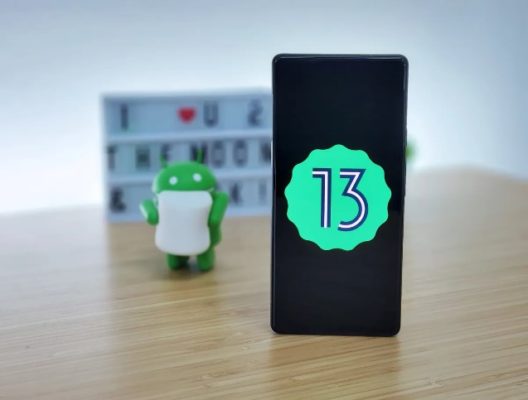
- Codename: Tiramisu
- Supported: Yes
This version will be released later in 2022, preferably during the third quarter. The first developer preview of this version just came out in February, and a second is expected to follow. It will build more on issues of protecting users’ privacy and security issues.
Which Android Versions are still supported in 2022?
Android versions from the 9 Pie downwards are no longer supported. That means that your Android device will no longer be compatible with the latest updates for the OS. Android 10, 11, and 12 are still supported in 2022. It means that if your Android is one of these, you have a better chance of using your device securely, it will operate very fast and will be compatible with all the latest Android updates.
Which Android versions will no longer work on secure websites?
Android versions from 7.1 and below were no longer able to handle secure websites with HTTPS since 2021. It is recommended that users who still want to browse with such Android phones download the Firefox browser. It provides them with a better browsing experience but no guarantee of utmost security.
Which Android is the best in 2022?
Android 12 is the best Android anyone can use this year. However, it is not the most popular in use as far as 2022 is concerned. It has just received a major upgrade on March 7, 2022. The OS is optimized for larger screens, awaiting compatible hardware that will appear later this year. For now, the majority of users are content with using Android 10 or 11.
Features in Android 12 (2022)
- It offers faster app launches: App opening times are now faster. The apps on your smartphone will now open 30 percent faster than previously, and with slicker animations.
- Ability to translate text easily: Yes, you will be able to translate any on-screen text without much ado into the language of your choice.
- Enhanced guest mode: Profiles will now be made accessible right from the screen lock interface. This means that you can now share your device with friends and family without their ability to intrude into your precious personal life.
- Good battery life: Apps that have not been used for a while will automatically be hibernated. That will also help free up storage space on your phone. Those hibernated apps will no longer waste your battery power.
- Share your apps easily: If you live in areas where internet connection is a lot problematic, here’s your chance to share apps with friends without using data. Nearby Share allows anyone using an Android 12 device to enjoy this feature.
- Better privacy controls: Users can now see from a dashboard how the various apps on their dashboards use the permissions they are given. You can now know whenever an app accesses your phone’s camera or microphone.
Advantages of Android
- It is open-source, with no license and distribution needed by developers
- It is platform-independent, so it can be developed on any operating system with the help of Android studio and Android SDK
- It is a highly optimized virtual machine for mobile devices, replacing DVM, ART virtual machines
- It supports various technologies like camera, speech, Bluetooth, Wi-Fi, Edge, and other technologies
- It works with millions of apps that can be installed through the Google Play Store as well as from other stores
Disadvantages of Android
- There are thousands of fake apps on the market, and many of them will try to steal your data when you install them
- It comes with streamlining issues which means an application may run smoothly on one version of Android and crash on another
- Background app processes now have limits on how they can access background services, yet, they consume battery
- It often has excess use of background processes that bogs the OS down during operations.
Last Remarks
It goes without saying that we haven’t seen the last of Android. The operating system will always be evolving. If your device or smartphone is running on Android Pie, now is the time to switch to Android 11 or 12, and experience the best from the latest Android technology. The benefits are immense, including better performance and improved security.
However, there are those developers who are already testing Android 13. Click here to check out the possibility of getting it on your Android device. You will be taking part in shaping the future of Android for the better.
